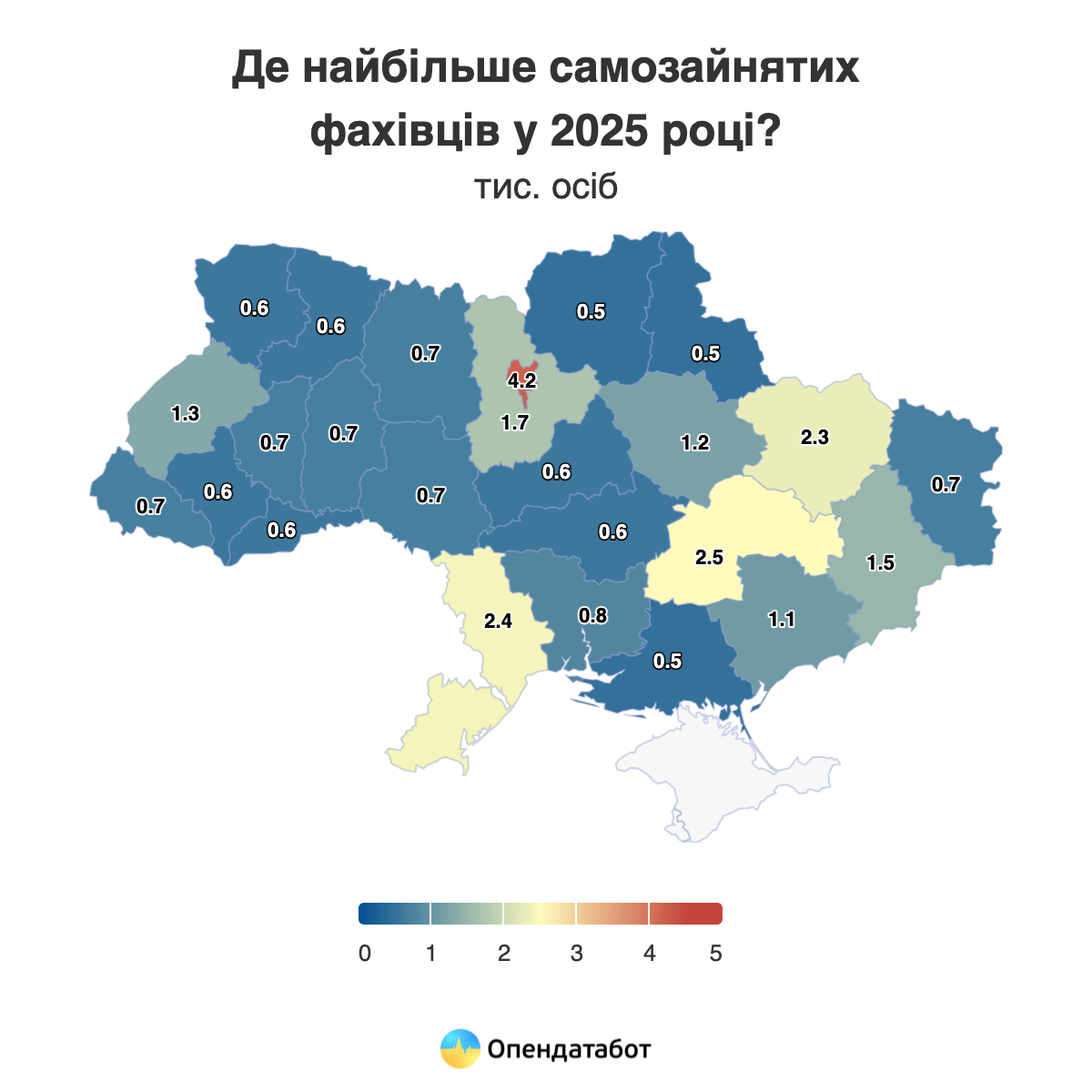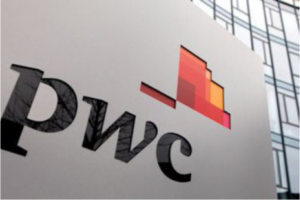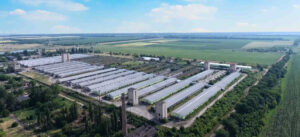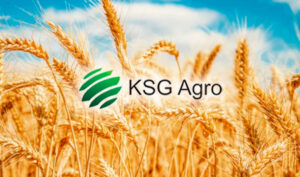
PJSC “Ukrnafta” has announced tenders for international insurance “Green Card”
As reported in the system of electronic public procurement “Prozorro”, the expected cost of the purchase of services is 38.663 thousand UAH.
The security of the tender offer is not required.
The deadline for submission is July 14.

The volume of remittances to Ukraine for January-May 2025 decreased by 15.4% to – $3.5 billion, in particular net remuneration of labor decreased by 18.7%, and the volume of private transfers – by 11.2%, according to the data of the balance of payments of the National Bank of Ukraine (NBU). As noted in the statistics, in May, the volume of private money transfers decreased by 13.2%, to $0.7 billion.
“Wages that Ukrainians receive from abroad decreased by 9.5%, and other private transfers received through official channels decreased by 9.7%,” – commented the National Bank.
Overall, the volume of transfers through official channels in May 2025 was 9.6% lower than in May 2024, while receipts through informal channels decreased by 18% year-on-year.
In May 2025, the primary revenue balance turned negative to $45 million against a surplus of $20 million in May 2024.
“The decline in labor compensation receipts (down 16.9%) was more rapid than the decline in investment income payments6 (down 2.7%).” The secondary income balance surplus shrank,” the regulator explains.
At the same time, the secondary income balance surplus decreased to $0.7bn from $1.0bn in May last year due to a reduction in technical and humanitarian aid.

More than 28 thousand self-employed people are currently registered in Ukraine, according to the State Tax Service. This is a record figure for the last 5 years. The number of self-employed has increased by 1.1 thousand since the beginning of the full-scale reform. Over UAH 292 million of tax has already been paid by professionals engaged in independent professional activities in the first five months of 2025. The largest number of such professionals is in Kyiv, Dnipro and Odesa regions.
As of the beginning of June 2025, 28.3 thousand professionals engaged in independent professional activities – i.e. self-employed – were registered in Ukraine. These are lawyers, private teachers, translators, architects, notaries, psychologists, artists, scientists, doctors, and other professionals who do not have the status of a sole proprietor but work independently.
This is a record figure for the last five years. The peak number of such specialists was previously recorded in November 2021 – 27.9 thousand. However, in December, their number decreased by 700 people, after which the figure began to grow again, albeit with a pause in the first months of the full-scale invasion. Since the beginning of the full-scale invasion, the number of self-employed professionals has increased by 1,100, or about 4%.
It is worth noting that the Unified Register of Lawyers alone currently contains more than 71 thousand professionals. However, not all of them are registered as self-employed, but, for example, they can work in law firms or associations, or work as private individuals.
The largest number of such specialists works in Kyiv – 4.2 thousand people. This is followed by Dnipropetrovs’k region – 2.5 thousand and Odesa region – 2.4 thousand.
The self-employed paid UAH 292.29 million in taxes to the budget in the first five months of 2025. This is 33% more than in the same period last year. It is worth noting that the amount of taxes paid in Kherson, Volyn, and Kyiv regions almost doubled. In total, such specialists paid UAH 603.16 million in taxes in 2024. This is 1.6 times more than in 2023 and 1.2 times more than before the full-scale campaign.
The leaders in terms of taxes paid are Kyiv – UAH 140.5 million (23% of the total amount), Lviv region – UAH 49.8 million (8%), and Dnipropetrovs’k region – UAH 49.6 million (8%). However, while in Lviv region this amount was paid by 1.3 thousand people, in Dnipropetrovs’k region 2.5 thousand self-employed people paid almost the same amount.
On average, one self-employed person in Lviv region paid UAH 38 thousand in taxes in 2024. In Kyiv – UAH 33 thousand, in Vinnytsia region – UAH 31 thousand. The lowest average amounts were in Luhansk, Donetsk, and Kherson regions.
However, these calculations are conditional – it is impossible to give an accurate estimate, because it is not known how many of the people who are certified as self-employed actually work and earn income.
It is worth noting that independent professionals account for only 1.4% of all self-employed persons in Ukraine (together with sole proprietors). Their share of tax revenues is only 0.6% of the total amount paid by the self-employed.
Banks regularly check the self-employment status of their clients, which is important for assessing their financial profile, taxation, and regulatory compliance.
Opendatabot offers a service that allows you to check whether a person is an entrepreneur or self-employed, as well as to receive a corresponding statement.
Context
In April, the Cabinet of Ministers approved a draft law on the introduction of an international automatic exchange of information on income received through digital platforms. It provides for the taxation of self-employed people’s income received from activities on digital platforms such as Uklon, Bolt, OLX, Prom, Rozetka, etc.
https://opendatabot.ua/analytics/self-employed


Maksym Vykhovanets, a partner of PwC Ukraine, has been appointed Managing Partner of PwC Ukraine since July 1, replacing Ago Vila, who has led the firm for the past seven years.
As noted in the press release, Vykhovanets has over 20 years of professional experience, which he has fully devoted to PwC, where he rose from junior auditor to partner, worked with clients from various industries in Ukraine and Australia.
In addition, the audit team will be strengthened by a new partner, Simon Ferrers-Dunn, who previously held senior positions at PwC in Central and Eastern Europe and will now lead the audit function in Ukraine, effective July 1.
PwC’s global network of firms employs 370,000 people in 149 countries and provides services in audit, tax and legal, transactional and advisory services. PwC has been in the Ukrainian market since 1993. Its regional network includes a head office in Kyiv and representative offices in Lviv and Dnipro.
According to YouControl, PricewaterhouseCoopers (Kyiv) increased its revenue by 34.7% to UAH 619.4m in 2024, while its net profit decreased by 4.1% to UAH 55.9m.

KSG Agro has earned $1.5 million in gross profit in January-March 2025, according to the agroholding’s report published on the Warsaw Stock Exchange.
According to the report, operating profit for the same period was $1.3 million, EBITDA was $1.7 million and sales revenue was $4.3 million.
“In the ultra-tough war conditions, thanks to the continued implementation of the vertically-integrated holding company’s development strategy and the implementation of a quality risk management system, we have maintained profitable operations in two strategically important areas – crop production and pork production. Taking into account the rapid changes in the situation during the war, we regularly stress-test our business model and adjust our activities in accordance with changes in the agricultural market,” emphasized the Chairman of the Board of Directors of KSG Agro Sergey Kasyanov, whose words are quoted in the message.
Vertically integrated holding KSG Agro is engaged in pig breeding, as well as production, storage, processing and sale of grains and oilseeds. Its land bank in Dnepropetrovsk and Kherson regions amounts to about 21 thousand hectares.
According to KSG Agro, it is among the top five pork producers in Ukraine. In 2023, the agroholding began to implement a strategy of “network centricity”, under which it will move from the development of a large location to a number of smaller and located in different regions of Ukraine pork enterprises.

Farms of KSG Agro Holding have started summer harvesting campaign on a total area of more than 7.6 thousand hectares – 6.428 thousand hectares of winter wheat and 1.176 thousand hectares of spring barley, the press service of the company reported.
Head of the crop division of the agroholding Vladimir Kalilei noted that the harvest is taking place in difficult drought conditions, which are characterized by the lack of sufficient moisture and high temperatures at the time of grain pouring.
“The current harvesting campaign is already the fourth since the beginning of the large-scale war. However, thanks to the continued implementation of the development strategy of the vertically integrated holding and the introduction of a quality risk management system, we are working effectively in the crop segment, realizing that the food security of the country depends on our performance,” – said the head of the Board of Directors of KSG Agro Sergey Kasyanov, whose words are quoted in the message.
In the summer harvesting campaign of the agricultural holding, which is scheduled to be completed by the end of July, 18 combines John Deere and Claas Lexion, as well as 60 trucks are involved.
KSG Agro, a vertically integrated holding company, is engaged in pig breeding, as well as in the production, storage, processing and sale of grain and oilseeds. Its land bank in Dnepropetrovsk and Kherson regions amounts to about 21 thousand hectares.
According to KSG Agro, it is among the top five pork producers in Ukraine. In 2023, the agroholding began implementing a strategy of “network-centricity”, under which it will move from the development of a large location to a number of smaller and located in different regions of Ukraine pork enterprises.